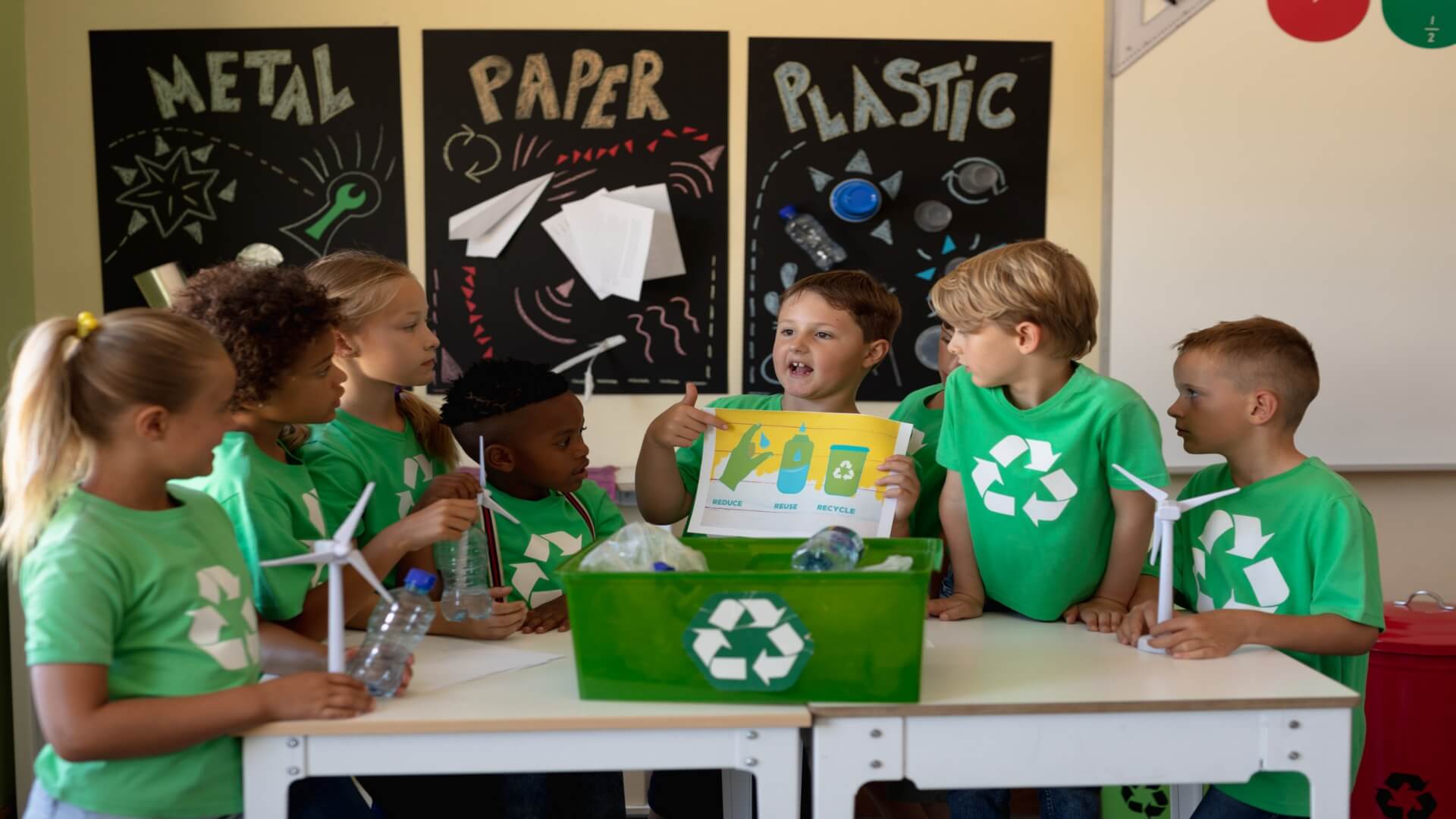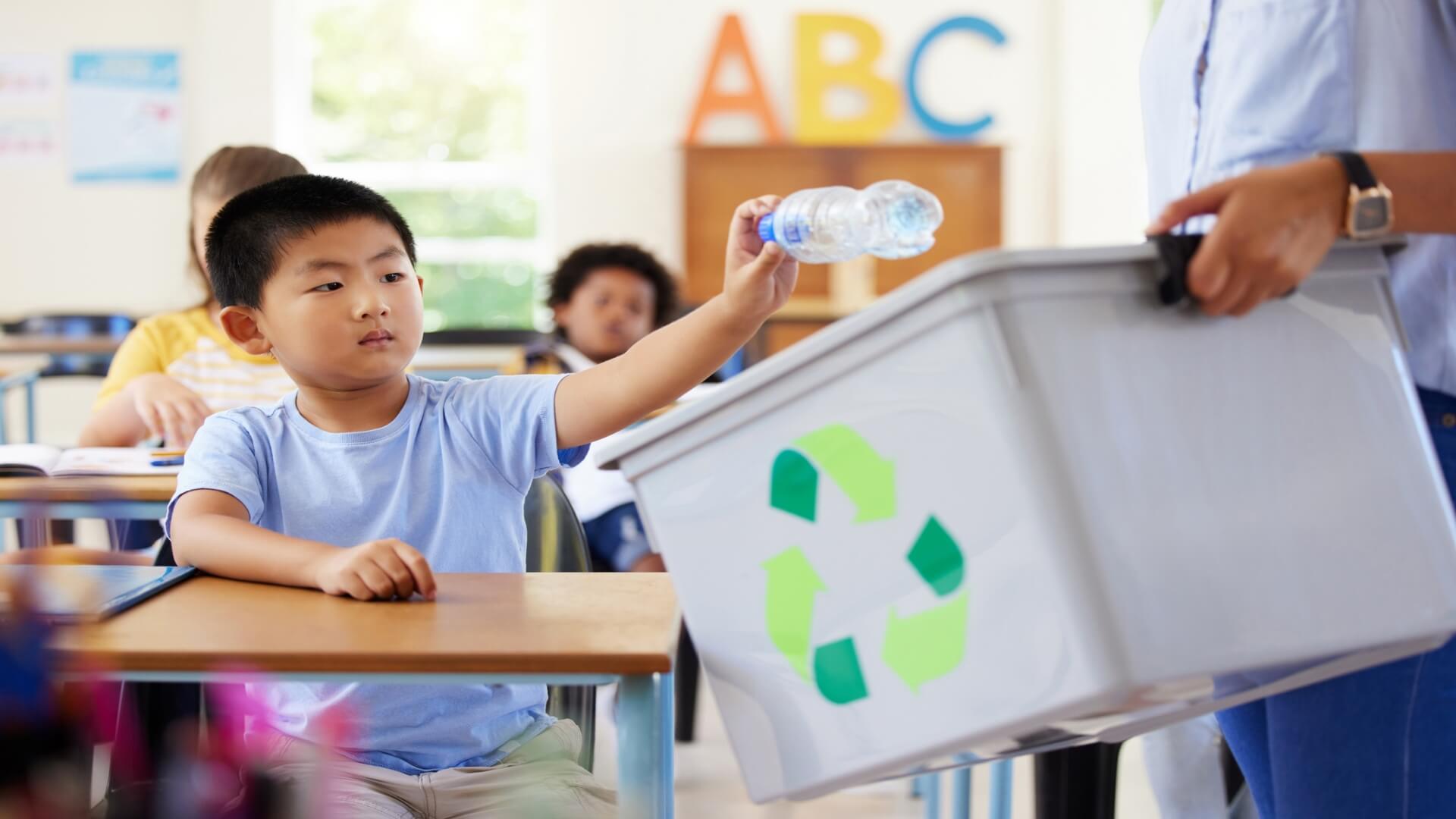Schools are among the contributors to global carbon emissions. And now, more than ever, is a great time for these institutions to reduce their carbon footprint for a better future and planet. Your school can implement actionable steps to mitigate global warming and climate change, which are becoming increasingly severe as days pass.
This article lists ideal ways to reduce your school’s carbon footprint. Read on!
1. Install Energy-Efficient Lighting
Your school needs efficient lighting, and it helps to switch to light-emitting diodes (LEDs) and ditch the traditional types.
LED lights use 75% less energy and are eco-friendly. Besides, they don’t heat your classrooms and can reduce air conditioning costs. Also, motion sensors that automatically switch off lights when no one’s around to use them are great tools for saving energy.
Installing more expansive windows can also help your school utilize natural lighting during the day. You might also consider dimming systems that adjust light during the day and ensure optimal energy efficiency. Finally, as a rule of thumb, don’t forget to maintain your lighting systems to improve efficiency.
Energy management in schools is part of reducing the carbon footprint and contributing to a more sustainable future.
2. Involve The Students
Educating students about maintaining a healthy and sustainable planet would be best, and it can be successfully done by getting them more involved in eco-friendly initiatives. They’re the future inhabitants of this world, so it’s just about right to inculcate in them empathy for the environment to guarantee a much greener Earth for them and the generations that follow.
There are numerous ways to involve students in reducing your school’s carbon footprint, and their input is always massive. Here’s how you can go about it:
- Initiate student-led green teams: Green teams are themed around sustainability and protecting the planet against the impact of climate change. These groups can organize various activities that contribute to reducing your school’s carbon footprint, including reducing waste, recycling, and composting.
- Green challenges: Conservation should be rewarding, and green challenges are the best fit in this regard. These challenges typically involve students in eco-friendly activities through competitions. They’re an ideal way to inform them about working towards a greener future.
- Community outreach: Students can also participate in community outreach programs and partner with local organizations to promote sustainability in the community. They can participate in events like recycling drives and clean-ups.
Involving students in your effort to minimize your school’s carbon footprint can be more practical and effective than doing it alone.
3. Encourage Carpooling
Multiple students from a similar area of residence can use a single vehicle to go to and from school, a setup also referred to as carpooling. This practice minimizes air pollution from exhaust pipes. Besides, it’s more cost-effective and minimizes traffic congestion. Alternatively, you can have a shared school transport system, like a bus fetching students from their residential areas and back.
Carpooling reduces the amount of carbon emitted into the atmosphere. It also creates a sense of community among your students and inflicts commendable values, like sharing and looking after one another.
4. Implement Carbon Offsetting Initiatives
Schools can offset carbon by funding projects that help remove an equivalent amount of emitted carbon into the atmosphere. Understandably, your school may not be able to invest in large-scale projects like wind power. However, purchasing solar panels and using their green energy can be handy. Your school can also purchase carbon credits from well-known third-party organizations supporting environment-friendly projects.
5. Go Paperless
Paper significantly litters schools, so it helps to minimize its use to reduce paper waste.
There are a few workable ways to reduce and save paper in schools, including using computers whenever possible and using two-sided copies instead of one. Reusing paper can also be practical in minimizing paper waste, and that can vastly contribute to your effort toward reducing your carbon footprint.
In addition, implementing recycling programs can also contribute to reducing paper waste. Digital textbooks and documents can also lift the pressure to use paper materials during lessons.
Although shifting to such measures can be costly at first, it’s worth the shot in the long run as it helps reduce your school’s carbon footprint.
Conclusion
Schools have a part to play in minimizing global carbon emissions and ensuring a greener planet as the world gears toward a sustainable future. This practice should be a moral code and an idea to print in the younger generation’s minds. It’s an initiative every school, head, owner, or administrator should undertake to ensure a more habitable Earth in the future.
































